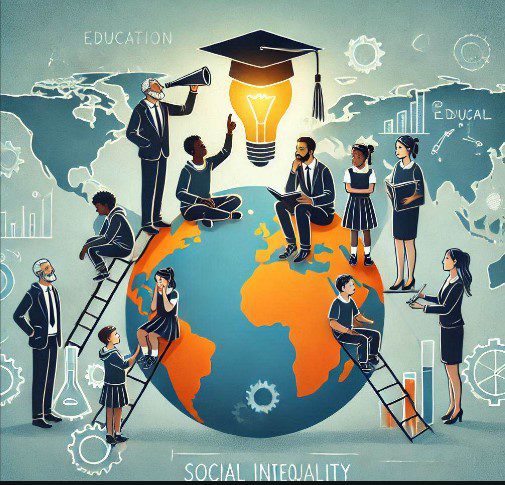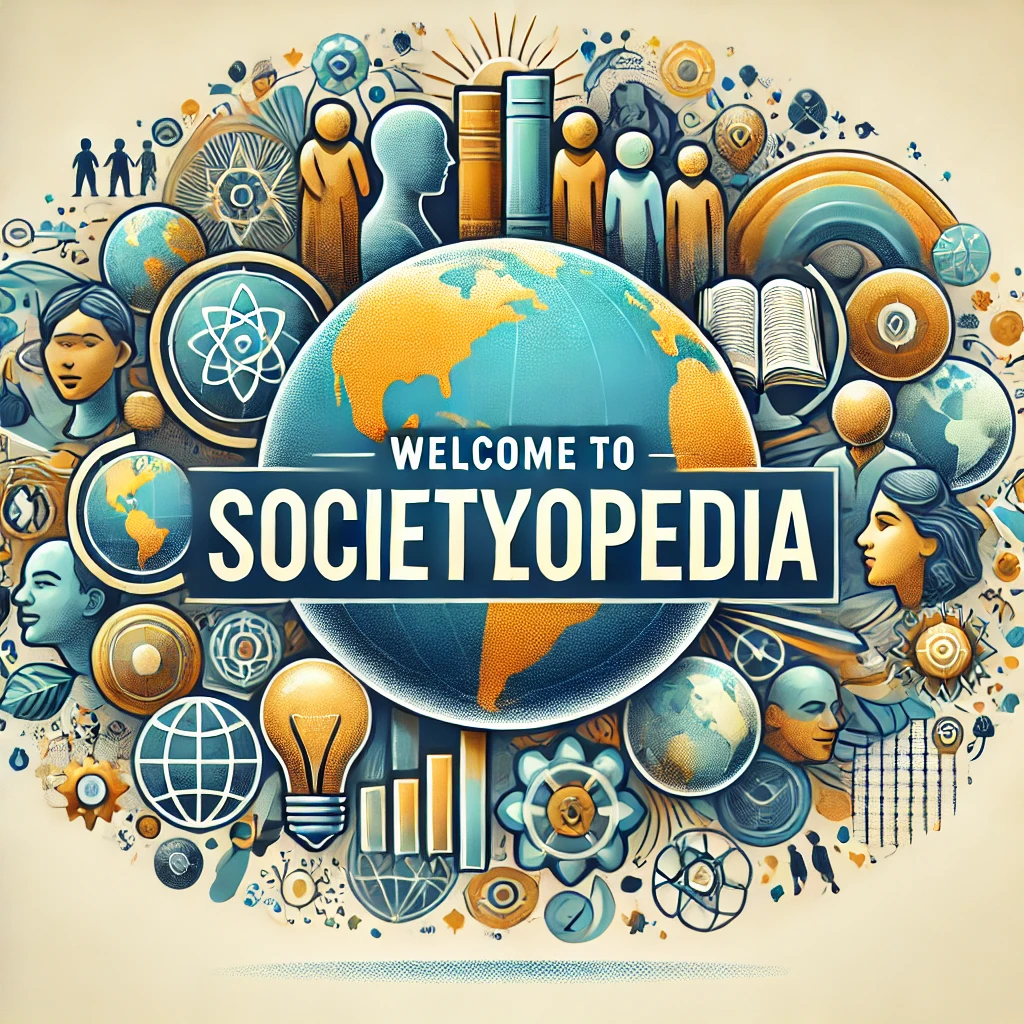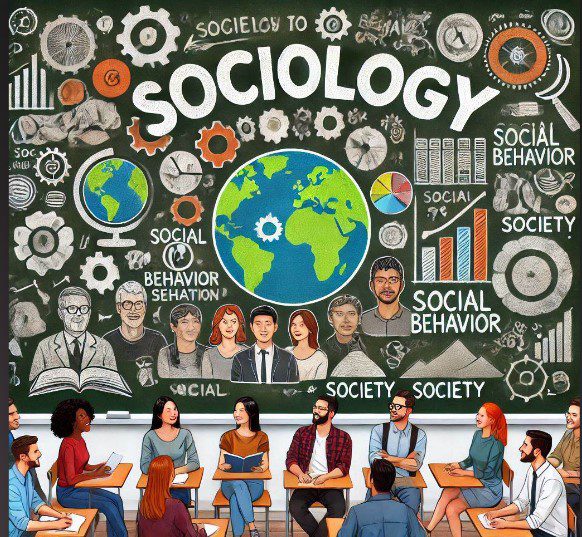Social inequality continues to affect millions worldwide, perpetuating disparities in income, opportunities, and overall quality of life. Education, as a transformative force, has emerged as one of the most effective tools in bridging these gaps. This article delves into how education influences societal structures, reduces discrimination, and creates pathways for equal opportunities.
Understanding Social Inequality
Social inequality refers to the unequal distribution of resources, opportunities, and privileges among individuals within a society. It often stems from systemic issues such as economic disparities, discriminatory practices, and lack of access to basic rights. For example, caste-based discrimination in South Asia and racial inequalities in the United States highlight persistent social divides.
Education offers a way to dismantle these barriers by equipping individuals with knowledge, skills, and critical awareness to challenge the status quo.
How Education Impacts Society
Education is not just a fundamental human right; it is also a catalyst for societal transformation. Throughout history, education has played a pivotal role in empowering marginalized communities, such as the civil rights movement in the U.S., where access to education laid the foundation for social progress.
Key Impacts Include:
- Empowerment of individuals through knowledge.
- Promotion of social mobility by offering equal opportunities.
- Cultivation of informed citizens who contribute to democracy.
Economic Benefits of Education
One of the most apparent ways education reduces social inequality is through its economic impact. By equipping individuals with skills and knowledge, education increases employability, reduces poverty, and narrows income disparities.
Case Study Example: Countries like Finland and South Korea have achieved remarkable equality by ensuring access to quality education for all, irrespective of socio-economic status.
Social Empowerment Through Education
Education plays a crucial role in fostering social empowerment by:
- Promoting gender equality, as seen in initiatives like Malala Yousafzai’s advocacy for girls’ education.
- Breaking down societal stereotypes that perpetuate inequalities.
- Bridging cultural divides and fostering mutual respect among diverse groups.
Reducing Discrimination with Education
Inclusion in education promotes a culture of diversity and tolerance. Schools and colleges that emphasize inclusivity and anti-discrimination policies empower students to respect differences, reducing biases in society.
Education Policies to Address Discrimination:
- Scholarships for underrepresented groups.
- Incorporation of diversity in curricula.
- Training teachers to handle diverse classrooms.
Role of Government in Promoting Equitable Education
Governments play a central role in ensuring education equity by:
- Implementing policies for free and universal education.
- Offering financial aid to underprivileged students.
- Encouraging public-private partnerships to increase access to quality education.
Challenges in Implementing Equitable Education
Despite its potential, education faces barriers such as:
- Financial limitations in underdeveloped nations.
- Gender biases preventing girls from attending school.
- Geographic isolation of rural communities, limiting access to educational facilities.
Innovative Solutions to Improve Education Access
Technological advancements are paving the way for innovative educational solutions:
- E-learning platforms providing free access to resources.
- Mobile schools reaching remote areas.
- International collaborations fostering global initiatives.
Education’s Role in Fostering Critical Thinking
Education cultivates critical thinking, enabling individuals to question inequities and seek justice. This empowerment extends to families and communities, fostering a ripple effect of informed decision-making.
Success Stories of Education Reducing Inequality
From Finland’s comprehensive education system to grassroots initiatives in Africa, education has demonstrated its power to reduce inequalities. Comparative studies of education models reveal how accessible education can transform lives.
Future of Education in Reducing Inequality
The future of education lies in embracing technology, personalization, and global cooperation. By leveraging these tools, societies can ensure that education remains inclusive, adaptive, and impactful.
Frequently Asked Questions (FAQs)
1. How does education reduce social inequality?
Education equips individuals with the tools to overcome economic and social barriers, creating equal opportunities for all.
2. What role does government policy play in education equity?
Governments ensure education equity by enacting policies for free and compulsory education, subsidies, and scholarships.
3. How can technology improve education access?
Digital platforms, mobile schools, and online courses make education accessible, especially in remote or underserved areas.
4. Why is education critical for economic growth?
Education enhances productivity, fosters innovation, and bridges income disparities, contributing to overall economic prosperity.
5. How does education promote gender equality?
By providing equal access to education, societies empower women, fostering economic independence and social participation.
6. What are the global efforts in education for equality?
Organizations like UNESCO and the UN promote education equity through initiatives like the Sustainable Development Goals.
Societyopedia, A well known platform for the Social Sciences


